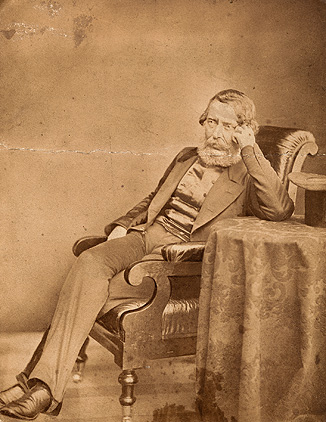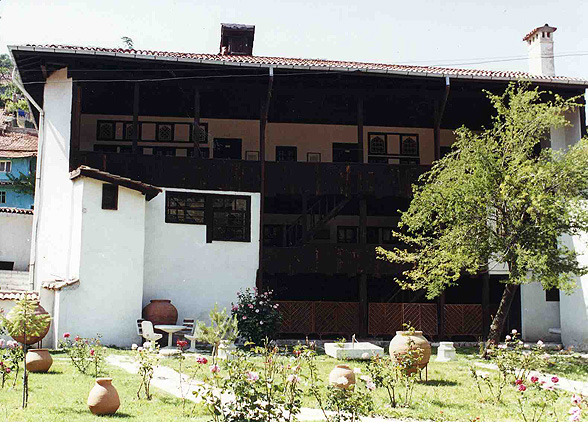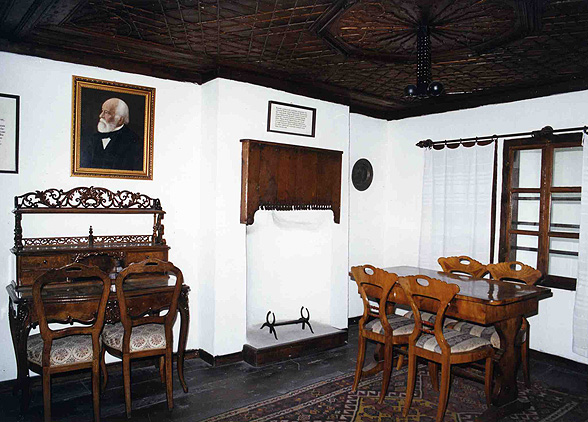Kossuth Lajos
The exhibition
After the fall of the 1848–1849 war of independence Kossuth left Hungary on 17 August 1849 and went to Turkish territory. He arrived at Vidin on 22 August where he was followed by 5000 refugees. The Austrians and the Russians firmly demanded the extradition of the refugees from the Porte. This was denied, but an Austrian emissary was allowed to visit the refugee camp and to call the people upon returning home. Until the end of October 1849 the emissary persuaded 3000 out of the 5000 refugees to return back to Hungary, the others were moved to Sumla by the Turkish authorities. Under the pressure of the Austrian and Russian diplomacy those non-renegade refugees, who were deemed to be the most dangerous were interned to Kütahya on 15 February 1850 and arrived there on 12 April. Kossuth and his followers were accommodated in the barracks, later he moved to a 18th century two-storied civic building which is the museum nowadays.
In the exile the ex-governor kept up extensive correspondence, wrote political letters and studies to Turkish statesmen, the British and other ambassadors to Istanbul. He learned Turkish and improved his command of English. He worked out a new constitution draft for Hungary based on the idea of self-government, what bound the solving the matters of ethnic minorities to the territorial integrity of Hungary.
On 22 August 1851 Kossuth was officially notified that he might leave Turkey. He left Kütahya on 1 September, first he went to England then to the United States to side the public opinion with the Hungarian cause. Finally he settled in Turin, where he officiated for the independence of Hungary until his death on 20 March 1894.
The exhibition in Kossuth’s house in Kütahya introduces his study, a short summary of the events of the 1848–1849 war of independence and the Hungarian bourgeois and peasant way of life together with the Turkish civic life of the mid-19th century with wear and articles of personal use.




